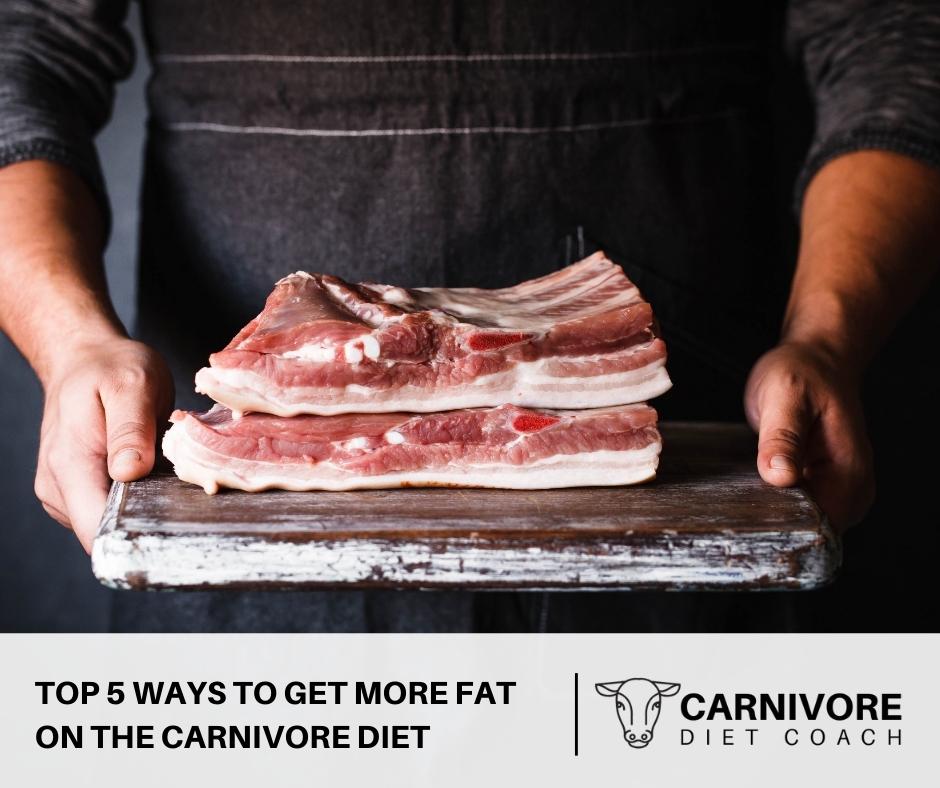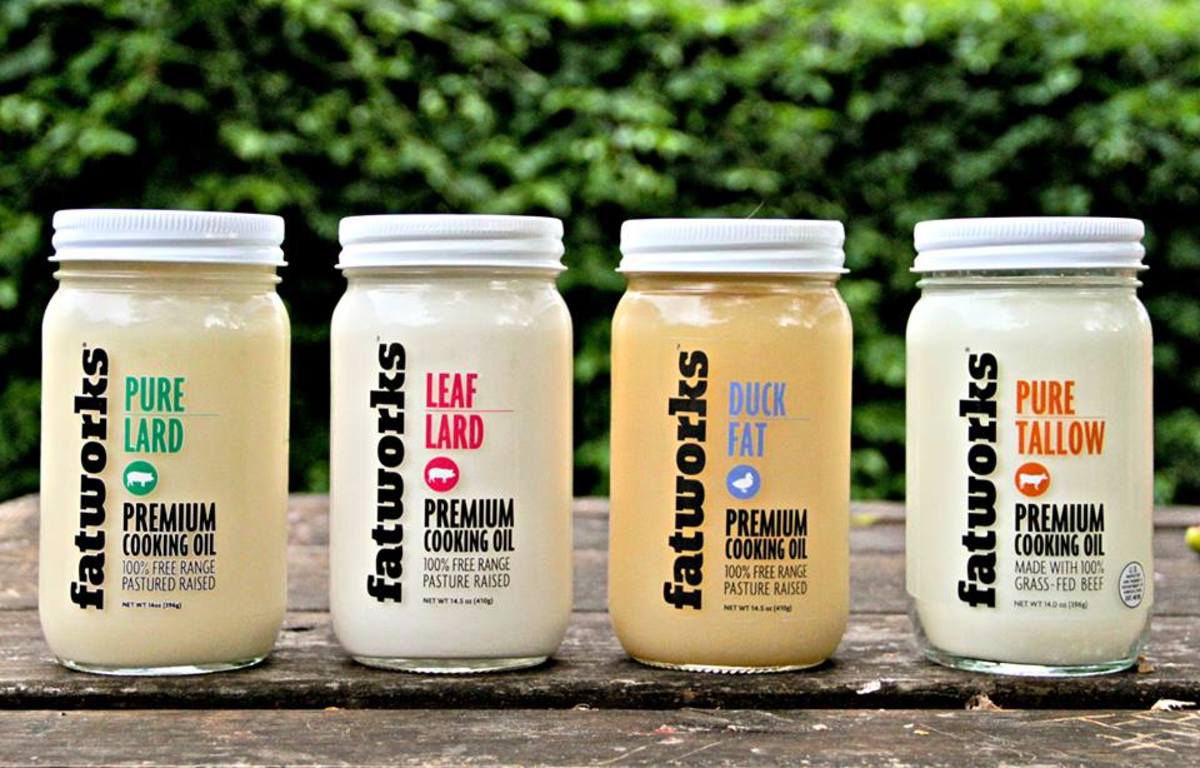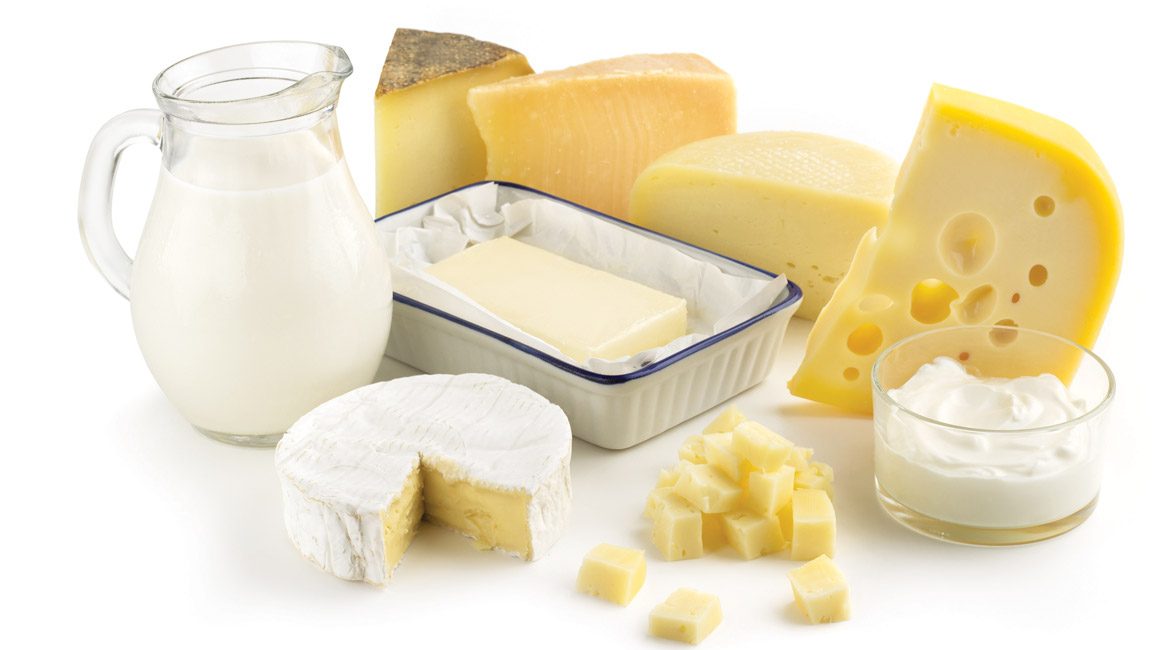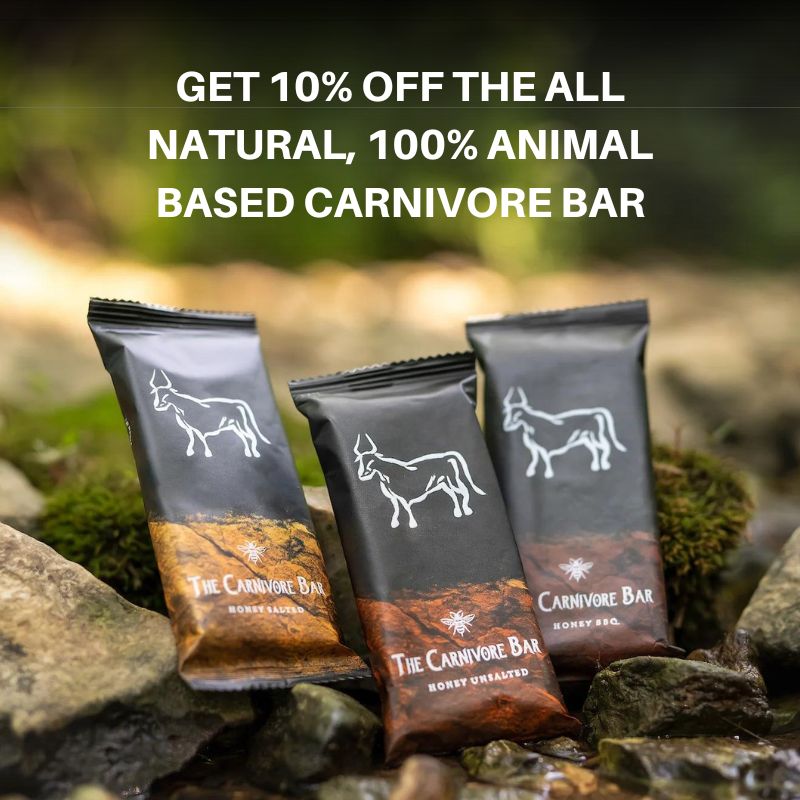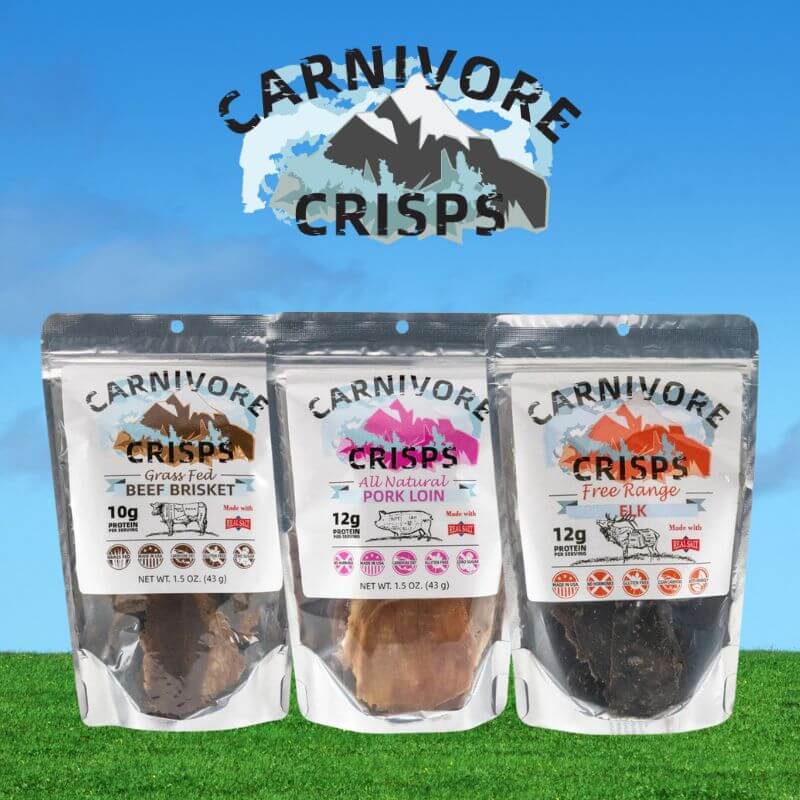|
THE COMPLETE
CARNIVORE DIET GUIDE
Learn how to lose weight, fix your gut and cure autoimmune symptoms with our free Carnivore Diet guide.
|
|
Dietary fats have had a bad reputation in the past because of the popularity of “low fat” diets in the 1980s and 90s. But as animal based diet enthusiasts, we know that fats are not only not bad for you but essential and make food taste incredible. why Fat? First, let's take a look at why we need more fat when on the carnivore diet. When on a standard diet that's typically higher in carbohydrates, the need for energy from fat is much lower. Because you're getting your energy from the glucose in carbohydrates. When switching to a low or zero carb animal based diet, you're no longer getting your energy from carbohydrates so it needs to come from other dietary sources like fat. But that's not all. Not only do you get tonnes of great, clean energy from fat but unlike carbohydrate rich foods, fat contains tonnes for fat soluble vitamins like vitamins A, D, E, and K. Here are some of the ways our members have found to get more fat into their diets, and every one of them is delicious. 1. Choose Fatty Cuts When choosing a cut of meat, selecting a fattier cut over a leaner cut is probably the simplest way to increase dietary fats. For example, if you were planning on cooking a steak, selecting a Rib Eye, which is the fattiest of all steaks over a Filet Mignon which is the leanest for example. The Filet Mignon contains 17g of fat per 100g beef, and the rib eye contains 22g in the same weight serving. Check out this cool guide by Health Coach Kait: If you're sick of beef and looking for something else with tonnes of fat, one of the best fatty options is pork belly. Cooking it slowly in the oven or in a slow cooker tenderises the pork and keeps it succulent. An added bonus of cooking with fattier cuts of meat is that they are usually cheaper than the leaner cuts. Provided you have enough time to prepare the meat, you don’t need to worry about them being tougher or less enjoyable to eat, either. Regularly consuming fatty cuts of fish such as mackerel, salmon, trout, tuna, and sardines can help to increase not just dietary fat, but specific omega-3 fatty acids. Fatty fish and other seafood options can be a refreshing alternative to meat and can often be cooked in creative ways, such as in stews, over barbeques and even served alongside meat as a “surf and turf” treat. Those options which are tinned, like tuna and sardines, can also make a really convenient fast food snack if you’re away from home or if you’re looking for some convenience in your diet. 2. Cook With Fat Lard, tallow, ghee or butter are all common cooking fats for strict carnivores. The recommendation is that cooking with non-animal fats, such as oil from plants (olive oil, sunflower oil or rapeseed oil, as examples) is best avoided for those looking to follow carnivore more strictly. It can also be a way to make leaner cuts of meat taste better. Experimenting with the sort of cooking fats that work best for you and your digestive system is recommended. Your gut is highly personal and what suits one person’s diet may not work for another. This is especially important if you’re following carnivore to eliminate health problems. 3. Garnish With Fat Once you’ve served your meal, you can look for opportunities to add fat to your plate through garnishes. If you’re following strict carnivore, you’re likely to be best suited to perhaps a butter garnish on top of your steak, or the inclusion of fat from dairy. Bacon and bone marrow are often beautiful additions to a meal too, as well as bone broth as a hearty drink or nutritious starter. You can make your own bone broth at home, or purchase from the store. If you're fully healed and your body can tolerate non-animal foods, you might consider adding nuts and nut butter to your diet. If you’re experimenting with reintroducing fatty vegetables, avocado could be an option for some. 4. Include Dairy While dairy is obviously permitted on the carnivore diet as an animal product, especially as it’s a great source of fat, this isn’t suitable for everyone. Many people struggle with dairy intolerances or simply digestive discomfort when including dairy. All dietary advice should be considered in the context of what works best for your body and there are very few “one size fits all” approaches with nutrition. Milk, full-fat cheeses, butter and yoghurt all have their place provided they don’t cause any discomfort or digestive upset. Including dairy can be helpful at breakfast as this is a chance to increase your fat content early in the day. If you find that this makes you too full to consume adequate nutrients and calories throughout the day though, consider moving dairy to the final meal of the day. 5. Fatty Desserts Having dessert on the carnivore diet is a fantastic way to include more dietary fat, but it can sometimes feel like a challenge to know what to make. After all, dessert isn’t always the meal you think of as being primed for having a higher fat content. Usually having a higher carbohydrate level than other macros means that for most carnivores, dessert is usually off the menu.
That’s why we made sure to include a whole section of carnivore diet desserts on The Carnivore Diet Coach recipes board. There’s a ton of inspiration there, and we’re adding new recipes all the time. There’s even a way to submit your own recipe to share some of your favourite ways to boost your fat intake.
8 Comments
Jeremy
5/22/2022 05:29:39 am
Mikael, I was wondering the same, I am assuming it the calculation of calories, not necessarily net weight. Fat is calculated at 9 calories/ gram whereas protein is 4 calories/ gram. Given those numbers (and your 22g reference) @ 22g fat/ 100g of meat would leave (22*9):(77*4) fat/ protein ratio of calories, or 198:308 calories ratio. Your number of 22g fat/100g meat yields approx. 64% calories from fat in this scenario. Change the fat weight % slightly and their chart is likely pretty close
Reply
John
5/22/2023 09:55:01 pm
Hi,
John
7/8/2022 09:48:00 am
100g of meat has a lot of water in it, say 70%. So that leaves 30 grams for non-water weight. 22 / 30 = 73%
Reply
The other John (May 2023)
5/22/2023 10:03:38 pm
No, 30g non-water weight would leave only 8 grams of protein if the other 22 g is fat.
Alexis
4/21/2023 01:20:08 pm
Wow, this is great info! My body has been loving the carnivore way of eating and I'm almost completely rid of my hot flashes, my libido has gotten so much better, and my stomach feels so clean. Thank you for always providing great info!!
Reply
Geoffrey Enfield
1/27/2024 04:25:07 am
What about the liquid fat that comes from cooking meat?
Reply
Leave a Reply. |
Carnivore Diet Recipes & Meal PlansOur Trusted Partners
Popular Guides
|


